Assignment 04
Modular Alphabet
Week I
Graphic design oftentimes is about a system: a group of parts that come together to make a unified whole. We rely on the system to create consistency across form, meaning and message.
You will design a modular set of letters, numerals, and basic punctuation. In devising the system, you will be responsible for setting your own logic for a complex pattern of relations. Your alphabet characters must be 100% black, no grey values are allowed. It must be created with a grid. It can be a crafted from a collection of elements, geometric shapes, organic or geometric forms.
Next class design 3 potential alphabets, 5 letters for each. Print all 15 letters on 8.5×11" paper. These 3 alphabets should be totally different from one another structurally and stylistically. Print every letterform twice: one with your underlying grid, and the other set without your underlying grid.
Week II
Based on our crit you will choose one direction to develop. Design all characters for your alphabet. At minimum, design a full set of either uppercase or lowercase letters, a–z and numerals 0-9. Print every letterform on 8.5×11" paper.
Required Letters
ABCDEFGHIJKLMNOPQRSTUVWXYZ
or abcdefghijklmnopqrstuvwxyz
and 0123456789
Week III
Continue to refine your alphabet based on last weeks crit. Print every letterform on 8.5×11" paper. Collate your letters in a standard size 1 inch three ring binder so we can flip through your letterforms from a-z and 0-9. Letterforms come alive when used in context. Name your typeface and create a promotional poster, including every letterform you've drawn. Your poster should be 24×36", make sure every letter is represented. Imagine your specimen poster as an advertisement for your typeface, it should have a specific visual language that relates to your name. Consider additional illustrations or imagery to support the overall concept of your typeface. Be inspired by Grilli Type’s specimen websites.
Grilli Type Specimen Websites
GT America
GT Eesti
GT Cynetype
GT Haptik
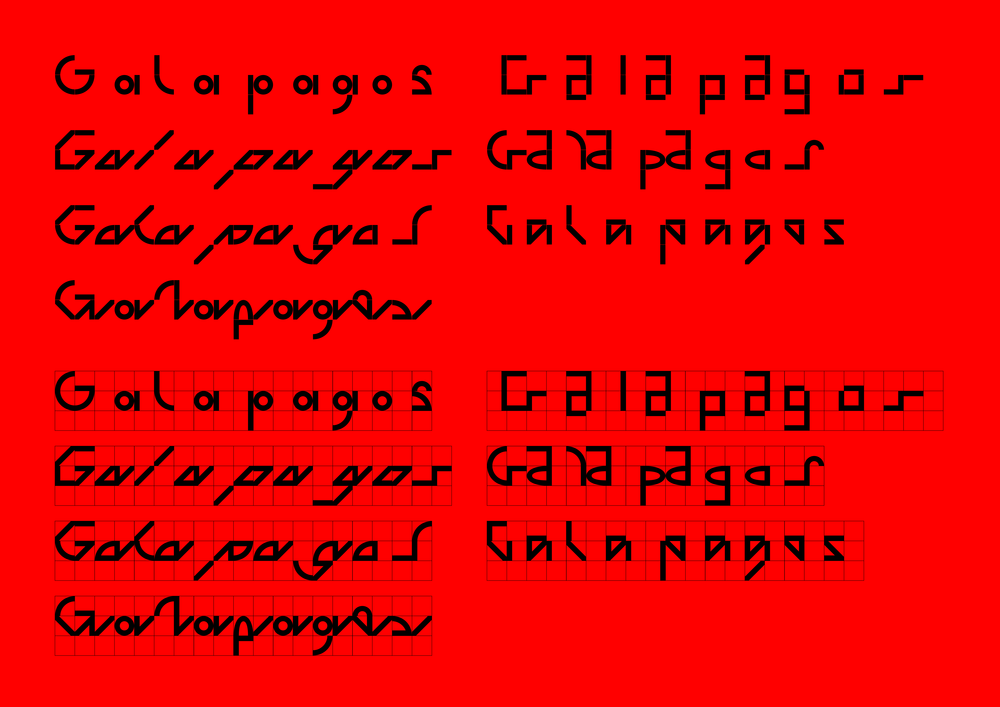
Background
Type design is, in part, about modular design: If you’ve made a decision in a capital E, for example, your design decision should be reflected in your capital B. These specific parameters from your B will be used in your capital P and R. The round elements in your P and R will inform how you draw your S. The curves in the S will define your round characters like O and C. As you can see, your logic and system, if well defined, will help you design the rest of the letters.
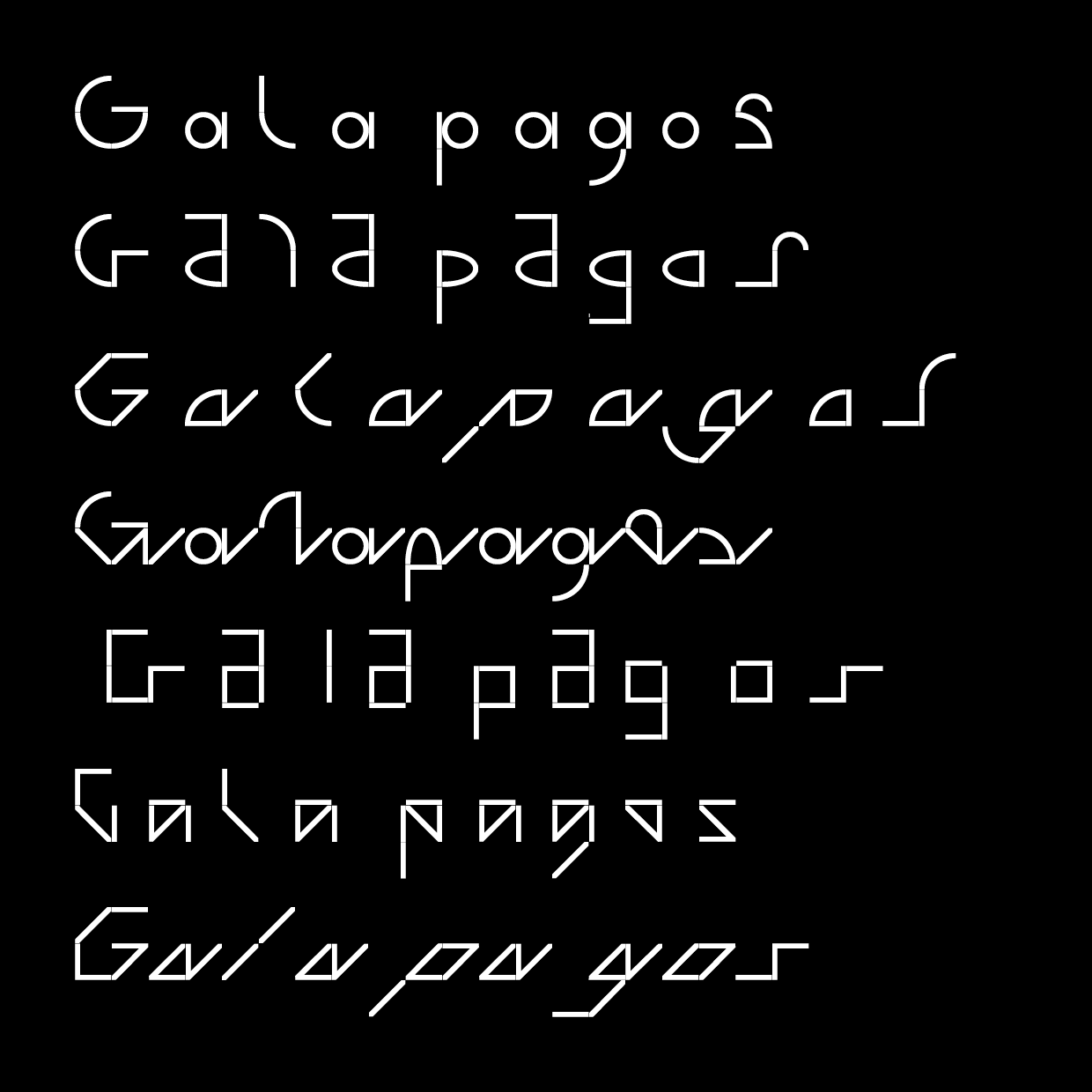
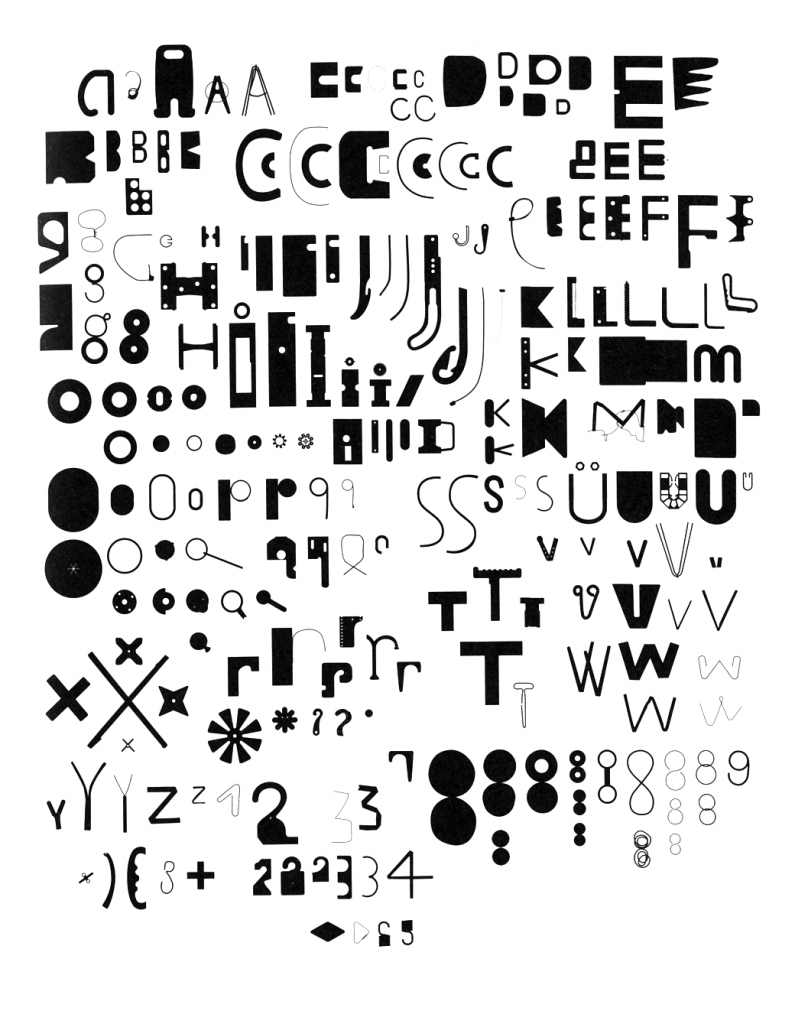
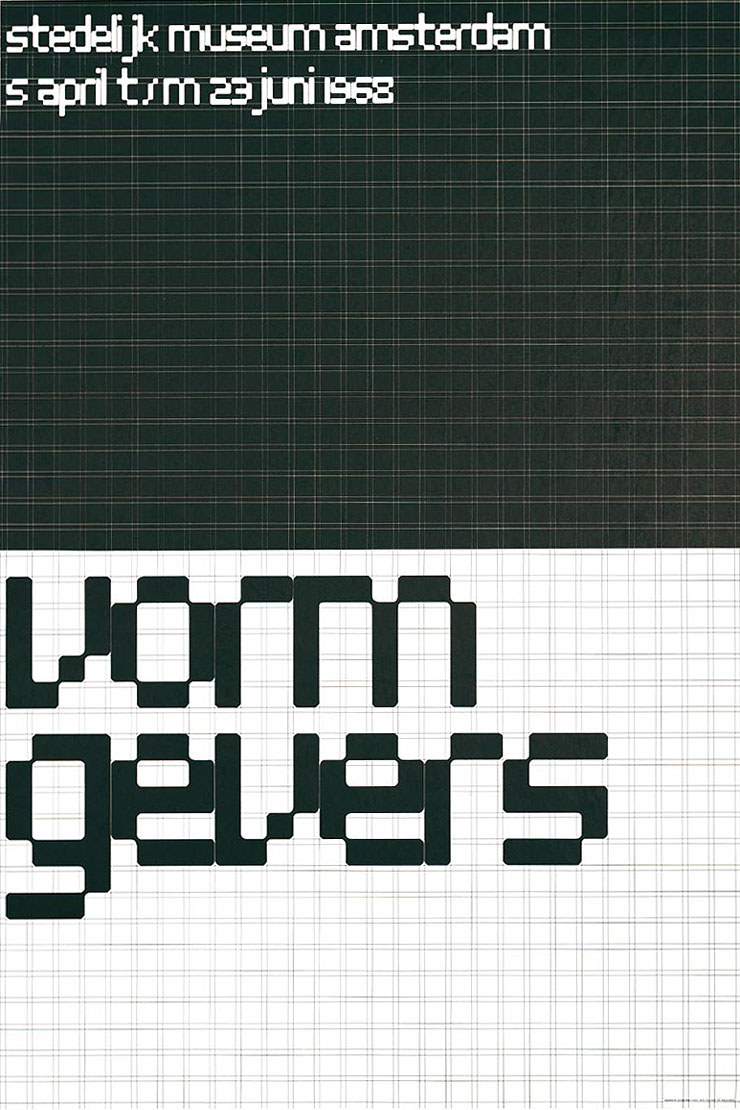
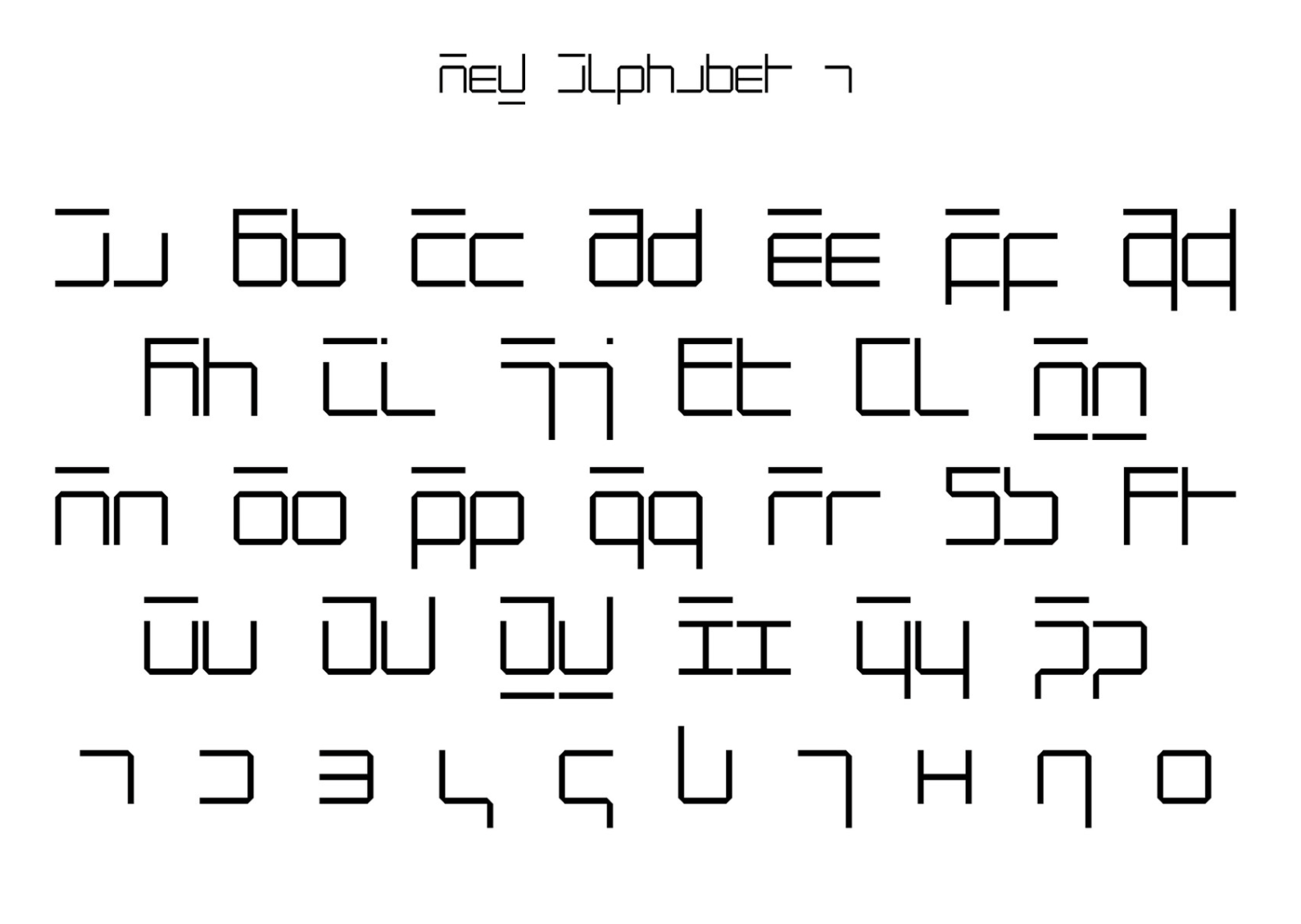
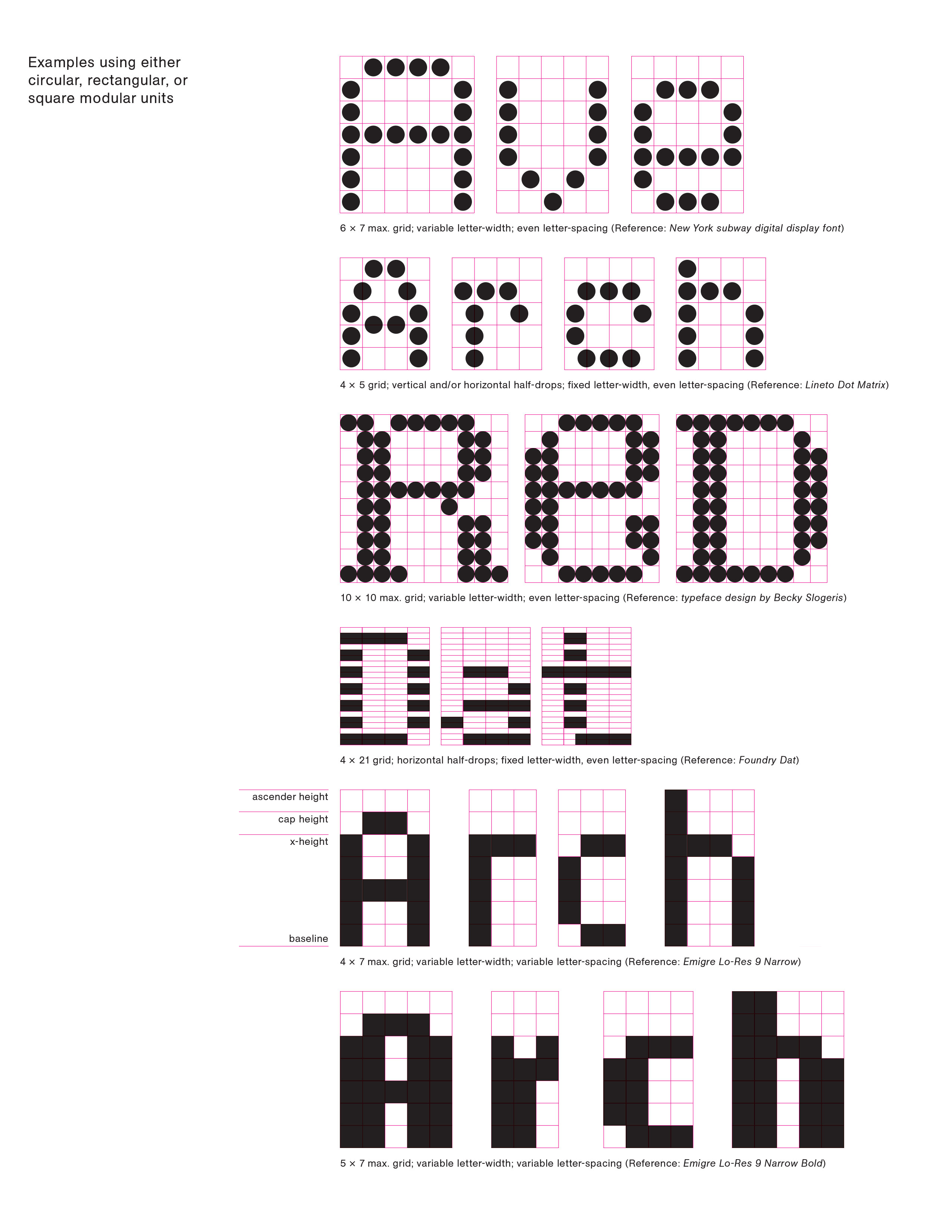
1. Galapagos by Felix Salut & Dinamo
2. Found Font by Paul Elliman
3. Stedelijk Museum Amsterdam Poster 1968 by Wim Crouwel
4. Neu Alphabet by Wim Crouwel
5. Examples of underlying grids cureated by Julien Bittner